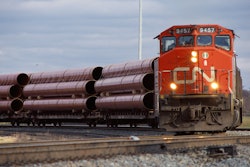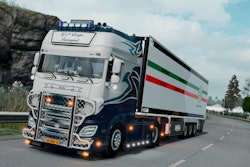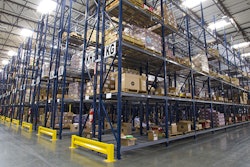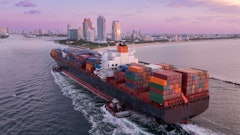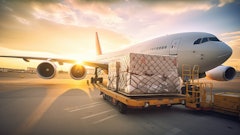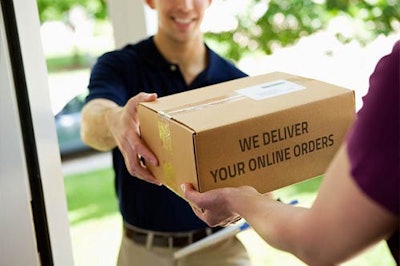
Supply chain logistics have dominated several studies this year due to the rise of global commerce, however, it has mainly focused on global and regional networks. MIT News reports that there has been a recent growth in research of last-mile logistics for delivery in urban areas. With the growing congestion of cities and the rise in e-commerce, last-mile logistics have experienced several challenges that have resulted in focusing on point-of-sale delivery.
Long before e-commerce took over, last-mile logistics were a challenge due to fast-growing cities, MIT News reports. The complexity grew as demand from retailers, e-retailers, unions, government officials, citizen activists clashed since shipments are usually smaller in a city setting.
Mix in growing cities with the e-commerce boom, the complexity for last-mile logistics has only increased. More trucks are flooding the streets, making frequents stops that slow down traffic. Having to look for parking, or even double parking, are factors to driver congestion.
MIT News reports that consumer e-commerce also increases the chance of delivery failure. Companies are now offering specific time windows for when a package needs to be delivered, and if the customer isn't home it can add to the cost.
As e-commerce grows, the demand for warehouse space has also increased. Logistics centers have moved to more rural areas instead of in the city due to low real estate costs. With more shipments going toward the city, the needs to be a multi-tier distribution system that utilizes smaller centers and fulfillment operations within the city.
Retailers and delivery firms are starting to turn to third-party services to help with delivery, MIT News reports. By temporarily expanding their delivery capacity, companies can optimize their own fleets and use third-party services to help with peak periods.
Delivery companies collect large amounts of data, and with the complexities of last-mile logistics, big data isn't a natural fit. Instead, companies use more traditional services. In order to integrate planning and any additional insights, companies need to enhance location tracking. GPS tracking accuracy is constantly improving, which is useful for extracting driver knowledge. MIT News reports that connecting movement data with transaction can determine where the vehicle should park and which customers are served at each stop.
Besides GPS improvements, companies are also use smart lockers, autonomous vehicles and drone delivery to help maintain last-mile delivery.
To read the full original article, please click here.





